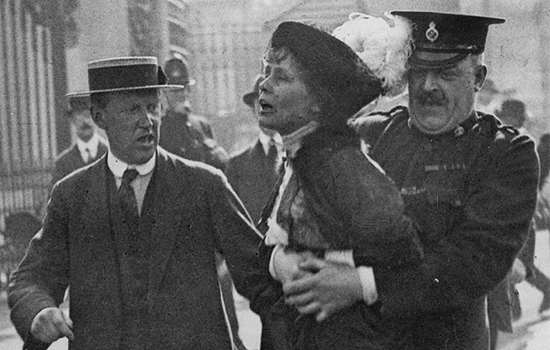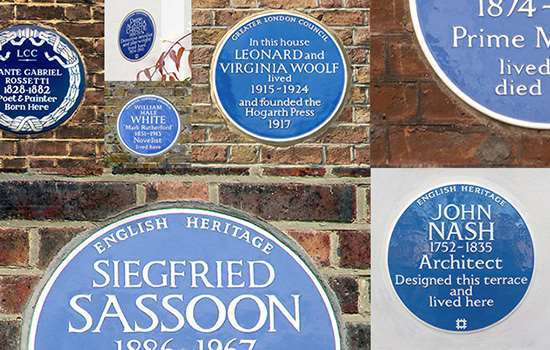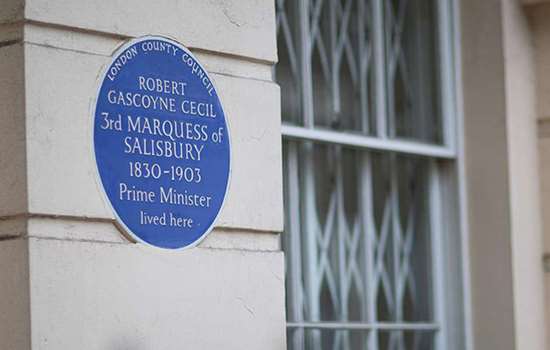WILBERFORCE, William (1759-1833)
Plaque erected in 1984 by Greater London Council at Holy Trinity Church, Clapham Common, Clapham, London, SW4 0QZ, London Borough of Lambeth
All images © English Heritage
Profession
Politician, Philanthropist, Anti-Slavery Campaigner
Category
Philanthropy and Reform, Politics and Administration
Inscription
WILLIAM WILBERFORCE AND 'THE CLAPHAM SECT' WORSHIPPED IN THIS CHURCH. THEIR CAMPAIGNING RESULTED IN THE ABOLITION OF SLAVERY IN BRITISH DOMINIONS, 1833.
Material
Ceramic
Holy Trinity Church on Clapham Common North Side was once the meeting point for the Clapham Sect, led by William Wilberforce. Their campaigning helped to bring about the abolition of slavery in the British Commonwealth.
THE CLAPHAM SECT
It’s exceptional for a church to be marked by a plaque, but the historical significance of Clapham’s Holy Trinity Church – or a particular group of its worshippers – was thought to merit commemoration. The church was built in 1776–8 and became the centre of the Clapham Sect between 1792 and 1814.
Led by William Wilberforce, the Sect was a group of evangelical Anglicans who successfully campaigned for the abolition of slavery in British territories. The Act of Parliament received royal assent in 1833 and came into force in 1834. The apprenticeship system, which bound slaves to their ex-owners, was finally abolished in 1838.
The ‘Saints’ – as they were known – were also concerned to improve moral standards in Britain and to spread the Christian message abroad. The group was composed largely of figures who lived in Clapham, including Charles Grant (1746–1823), Director of the East India Company, and the philanthropist Zachary Macaulay. They were involved in the founding of the Church Missionary Society (1799) and the Bible Society (1804), and set up its own evangelical journal, the Christian Observer, in 1802.
WILLIAM WILBERFORCE
From 1792 until 1797 Wilberforce himself lived nearby at Battersea Rise – the home of fellow Saint, the banker Henry Thornton (1760–1815), and the principal base for the Sect. Wilberforce later moved to Broomwood Road on the west side of Clapham Common, where another plaque commemorates the site of his former home. A third plaque marks the Chelsea house in which he died on 29 July 1833, three days after the bill abolishing slavery passed the House of Commons.
Nearby Blue Plaques
More About Blue Plaques



